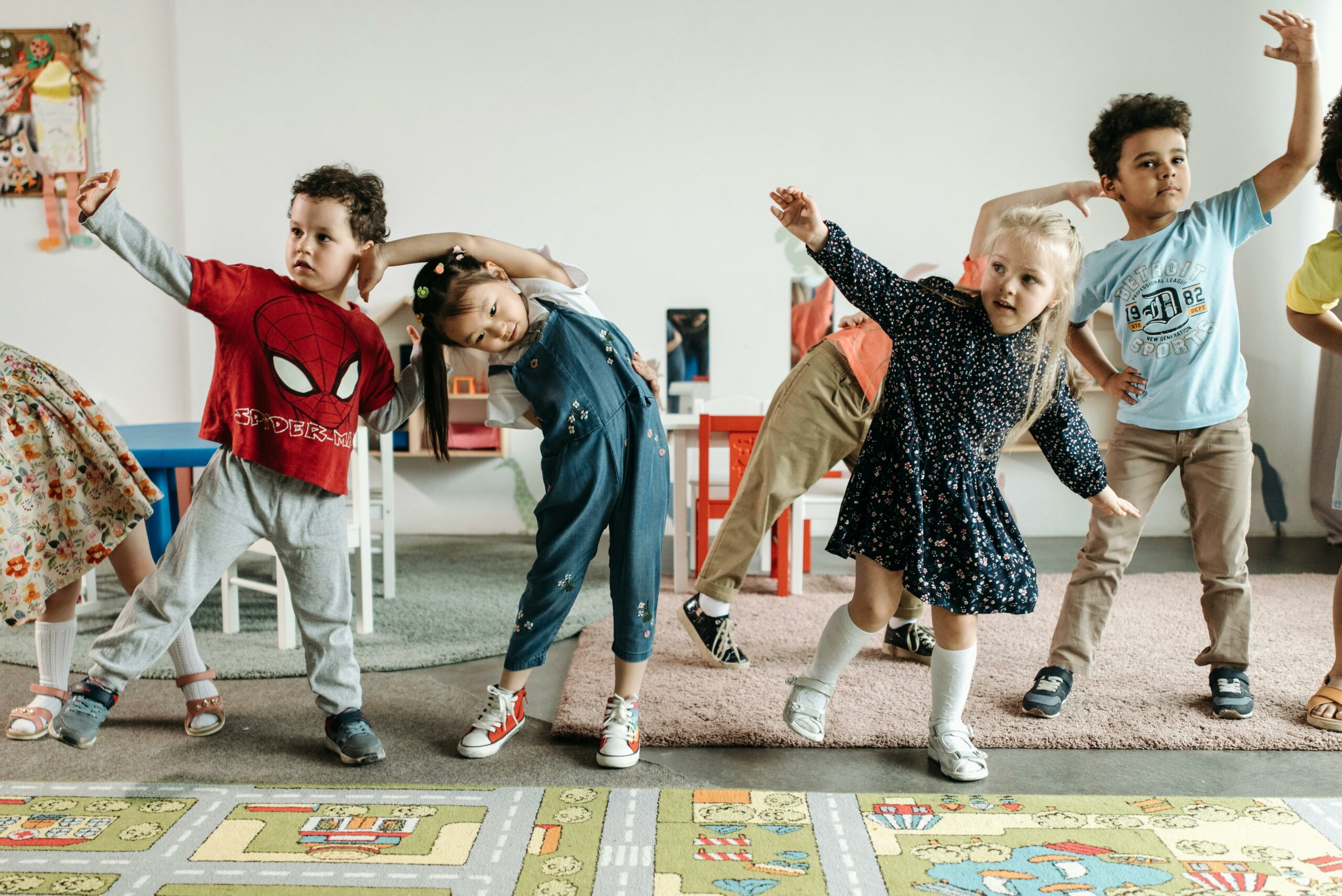Hello, lovely readers! Today, I’m excited to delve into a topic that’s both joyful and profoundly impactful: the role of dance in child development. As a professional dancer and a passionate educator, I’ve observed firsthand the transformative effects of dance on children. It’s not just about learning steps or keeping rhythm; dance can significantly aid in the physical, emotional, and social development of young minds.
Physical Benefits: Building Blocks of Growth
Dance is a physical exercise that naturally helps in building motor skills, balance, and coordination. According to a study published in the Journal of Physical Education and Sport, dance interventions in children significantly improve their physical fitness and motor skills coordination. This isn’t surprising, as dancing involves a range of movements that challenge the body while also improving flexibility and physical strength.
Moreover, dance promotes cardiovascular health. A systematic review in Sports Medicine found that children who participate in dance-based activities show improved physical health, including better cardiovascular fitness. This is crucial in early development, setting the foundation for a healthier lifestyle.
Emotional Development: Express, Release, and Heal
Dance is also a powerful tool for emotional expression and regulation. The Arts in Psychotherapy journal highlights that dance and movement therapy can significantly enhance mood and reduce anxiety among children. By expressing themselves through dance, children learn to channel emotions in a healthy and constructive way, which is vital for emotional intelligence.
Dance provides a structured outlet where emotions can be explored through body movements. This kind of expression is particularly beneficial for children who might find it difficult to express their feelings verbally. Through dance, they can learn about emotions, recognize them, and express them more clearly.
Social Skills: Steps Toward Stronger Connections
The social benefits of dance are equally compelling. Dance classes are communal spaces where children interact with peers, share space, and collaborate on routines. This interaction enhances their social and communication skills. Research in the Journal of Health Psychology indicates that dance can improve self-esteem and social competence in children, providing a positive influence on their ability to interact with others.
Dance also teaches children about cultural diversity and appreciation. By learning different dance styles from around the world, children gain a broader understanding of global cultures, which fosters empathy and respect for diversity from a young age.
Cognitive Development: Thinking in Motion
Dance doesn’t just work the body; it also challenges the brain. A study in the Frontiers in Psychology journal outlines how dance supports cognitive development in children by improving memory, problem-solving skills, and creativity. Dance requires children to remember steps and sequences, boosting memory and concentration skills.
Moreover, interpreting music and translating it into dance forms enhances their creativity and critical thinking. These skills are essential not only in academic settings but in everyday problem-solving scenarios.
Conclusion
Incorporating dance into children’s lives offers more than just fun. It is a holistic activity that supports their physical, emotional, social, and cognitive development. As parents, educators, or simply adults who influence young lives, encouraging participation in dance can provide children with tools for healthier, more expressive, and interconnected lives.
So, let’s dance our way to a brighter, healthier future for our children, nurturing their development one step at a time!
References
- Lacar, Q., et al. (2017). Effects of dance on physical fitness, motor performance, and motor learning in children. Journal of Physical Education and Sport, 17(2), 563-569.
- Murillo Pardo, B., et al. (2015). Effects of dance on physical fitness in children: A systematic review. Sports Medicine, 45(6), 783-791.
- Koch, S. C., et al. (2015). The effects of dance movement therapy on mood and anxiety in children. Arts in Psychotherapy, 41(4), 344-350.
- Quiroga Murcia, C., et al. (2010). Dance and social integration: effects on mood and self-esteem. Journal of Health Psychology, 15(2), 342-356.
- Sevdalis, V., et al. (2019). Dance and cognitive functions in children. Frontiers in Psychology, 10, 1403.


